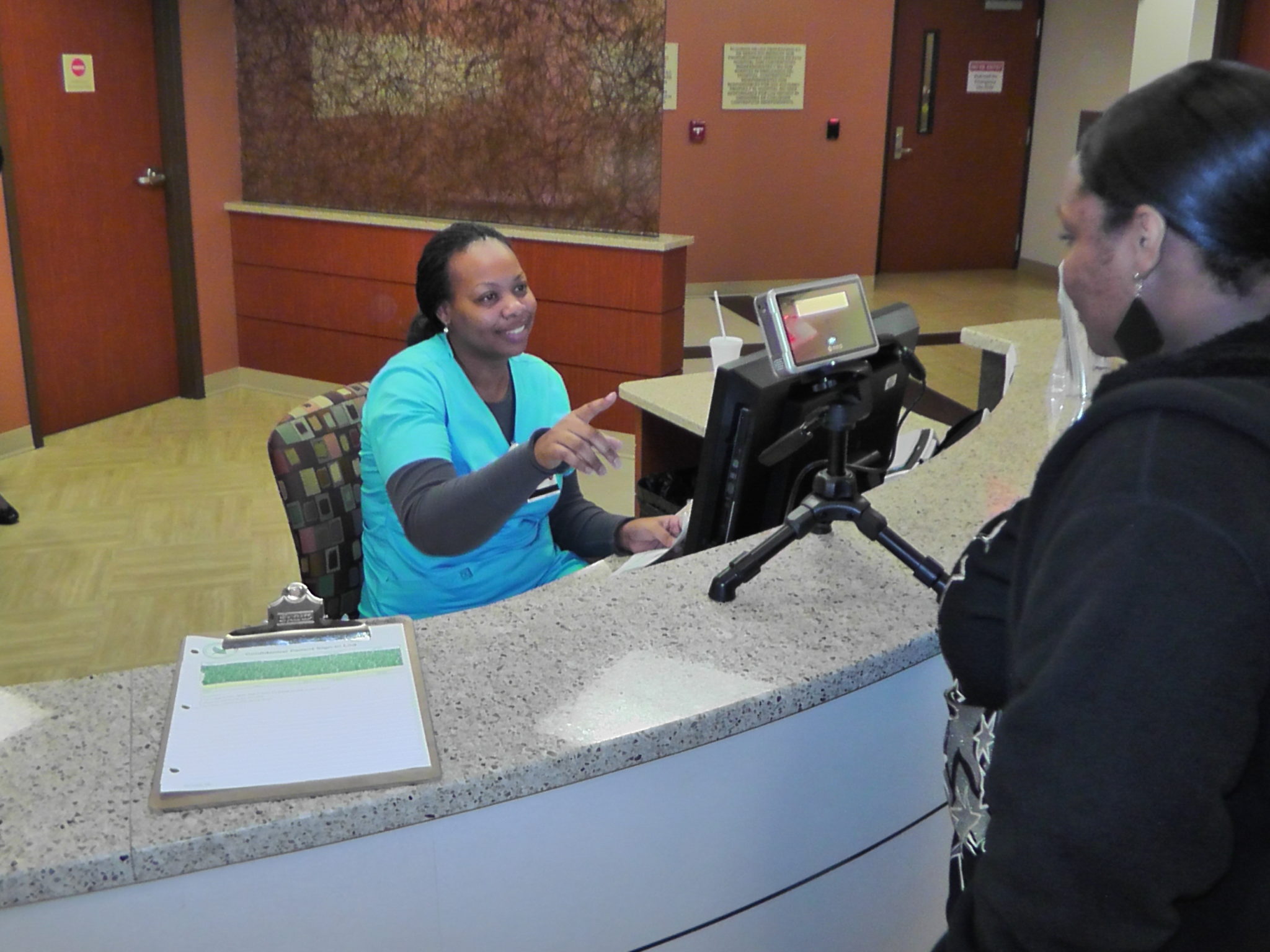The Advantages of Dual vs. Single Fingerprints for Patient ID in Healthcare

Fingerprints for Patient ID
One of the hallmarks of an efficient and value-added biometric patient identification vendor is its ability to offer a choice of biometric modalities to deploy. If you prefer to use fingerprints for biometric patient identification, there are some important factors to consider when assessing hardware to ensure patients can be easily enrolled and accurately identified. Fingerprint biometrics has evolved over the years, and there are many new scanners available that offer distinct advantages over legacy models, most notably the use of dual finger scanners over single image capture devices.
Let’s explore why dual fingerprint scanners pose a greater advantage for patient identification in healthcare.

Considering the use of fingerprints for patient ID in healthcare? More hospitals are evaluating the advantages of dual fingerprints over single image capture devices.
Dual vs. Single Fingerprinting
Is there a difference? Absolutely. Deciding to use a dual vs. a single fingerprint reader for patient ID in healthcare is a smart decision for several reasons:
1. Higher accuracy & reliability: Dual fingerprint readers have the ability to capture two single prints simultaneously, offering enhanced accuracy for identification and verification versus single-finger scanners. A two fingerprint scanner is also more effective at guiding a patient to scan consistently. Patients can touch a single finger in various ways which could lead to more frequent cases of false-no-matches. However, with dual fingerprint readers, patients can’t make these scanning inconsistency mistakes because the device will not return a match (or non-match) unless fingers are properly placed on the scanner.

Dual fingerprint readers offer many more advantages than single image devices including higher accuracy and reliability.
2. Eligibility: Since approximately 10% of the patient population can’t consistently provide high-quality images for enrollment or identification, adding a second finger to a biometric template decreases the percentage of patients who are unable to successfully use fingerprints for identification. Skin integrity can be affected by factors such as age, environment, and working conditions and is an important factor for the success off a biometric fingerprint patient ID deployment. Remember, the end goal for any biometric patient identification deployment is to enroll as many patients as possible to maximize system value, so the fewer patients that are eligible to enroll, the higher the risks are for misidentification which can lead to duplicate medical records/overlays, medical ID theft, fraud — all direct threats to patient safety.
Plus, dual fingerprint readers are considered to be more effective devices to read dry, blurred, wet, damaged, or scarred fingers that diverse patient populations can have.
3. Durability: Most dual fingerprint readers are designed and built to be versatile hardware devices with durability to be used in high throughput environments such as healthcare that can endure long-term heavy use before the end of their life cycle. Single fingerprint readers have a shorter shelf life, and must be replaced more often due to their less durable construction.
4. Affordability: Despite their clear advantages over single image fingerprint readers dual fingerprint readers remain affordable hardware devices for patient ID in healthcare. Dual fingerprint readers for patient ID in healthcare also retain a small form factor to allow their affordable, widespread distribution throughout a health network.
5. Versatility: Dual fingerprint scanners enjoy the same versatility as single print devices to be deployed in a host of different environments including use with mobile devices, an increasingly important environment to ensure accurate patient ID along the entire care continuum.
Curious to see a dual fingerprint reader in action? Take a look at this demo video to learn more about their advantages and how they work:
Considering the use of fingerprints for patient ID? What other questions do you have that we can answer?









Leave a Reply
Want to join the discussion?Feel free to contribute!